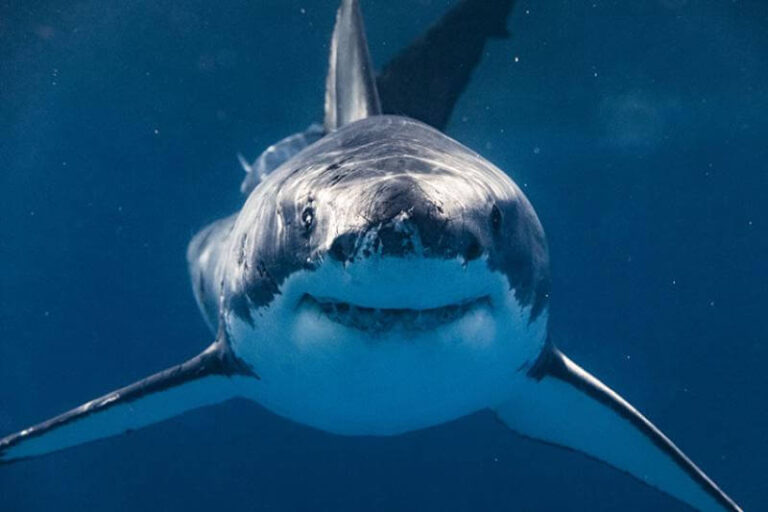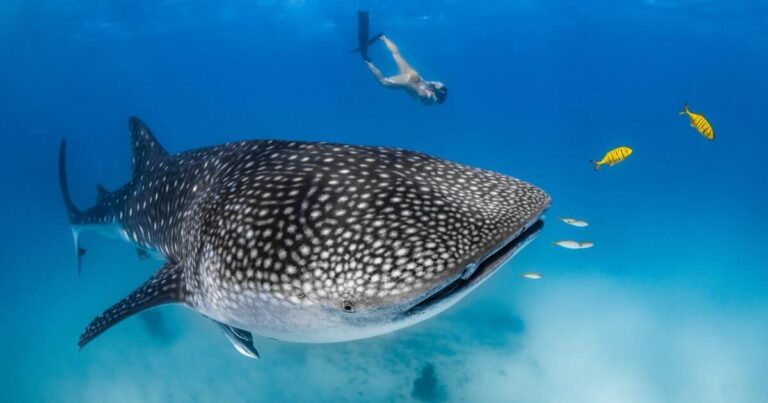Mantis Shrimp: The Vibrant, Powerful Predator of the Deep
The Mantis Shrimp is one of the most fascinating and complex marine creatures, known for its vibrant colors, powerful claws, and intricate behavior. Although they are often called shrimp, mantis shrimp belong to a separate order of crustaceans called Stomatopoda. These creatures are admired and feared for their ferocious hunting abilities and striking speed.
Contents
Scientific Classification
- Kingdom: Animalia
- Phylum: Arthropoda
- Class: Malacostraca
- Order: Stomatopoda
- Family: Varies (most commonly Gonodactylidae)
- Genus and Species: Approximately 450 different species, with notable ones such as Odontodactylus scyllarus (Peacock Mantis Shrimp)
Physical Characteristics

Mantis shrimp are renowned for their extraordinary appearance and biological abilities:
- Size: Most mantis shrimp are around 10–20 cm (4–8 inches) in length, but some can grow up to 38 cm (15 inches).
- Coloration: Species like the Peacock Mantis Shrimp are known for their vibrant, iridescent coloration, featuring blues, greens, reds, and yellows. Other species are more muted in color.
- Claws: One of the most defining features is the raptorial appendages, which are highly specialized claws. These claws come in two forms—spearers and smashers. Speakers have sharp, barbed claws used to impale soft-bodied prey, while smashers have club-like appendages capable of delivering a blow with the force of a bullet.
- Eyes: Mantis shrimp have some of the most complex eyes in the animal kingdom. Their trinocular vision allows them to perceive depth with each eye, and they can see polarized light and an extensive range of colors, including ultraviolet.
Habitat
Mantis shrimp are primarily found in tropical and subtropical waters, inhabiting the Indo-Pacific, the Caribbean, and the Indian Ocean. They prefer shallow waters with coral reefs, rocky crevices, or seagrass beds where they can build caves to hide and hunt. Their burrows are crucial to their survival, providing shelter from predators and a base for hunting.
Behavior

Mantis shrimp are solitary predators that rely on their remarkable speed and strength to catch prey. They have an ambush-hunting strategy, often waiting patiently in their burrows before striking prey with lightning-fast precision. The smashers strike their prey with such force that they can crack open shells, while spearers pierce soft-bodied prey like fish or squid.
They are also territorial and fiercely defend their burrows, including other mantis shrimp, from intruders.
Diet
Mantis shrimp are carnivorous, primarily feeding on:
- Crustaceans (crabs, lobsters)
- Mollusks (snails, bivalves)
- Fish
The method of hunting depends on the species. Speakers are likelier to hunt soft-bodied prey, while smashers target hard-shelled animals.
Reproduction
Mantis shrimp exhibit complex mating behavior, which varies across species. Some species are monogamous, maintaining long-term pair bonds that last for years.
- Mating Season: Mating usually occurs seasonally, triggered by environmental factors such as water temperature and food availability.
- Eggs: Females lay eggs in burrows containing hundreds of eggs. Females may carry the eggs under their bodies or deposit them in the burrow, depending on the species.
- Parental Care: In some species, both parents take turns guarding and aerating the eggs until they hatch.
Predators
Despite their robust defenses, mantis shrimp are preyed upon by larger marine animals, including:
- Sharks
- Larger fish (such as groupers and eels)
- Octopuses
The mantis shrimp’s primary defense is its ability to deliver a high-speed strike, which can deter or injure potential predators.
Conservation Status
Most mantis shrimp species are not currently considered endangered. However, habitat destruction threatens their populations, particularly the degradation of coral reefs. Coral bleaching, overfishing, and climate change can indirectly affect mantis shrimp by disrupting their habitats and food sources.
Conservation efforts to protect coral reefs and marine ecosystems help maintain healthy populations of mantis shrimp.
Interesting Facts
- World Record Punch: The smashers can strike with the speed of a bullet (up to 50 miles per hour) and with the force of 1,500 newtons, enough to break the glass.
- Cavitation Bubbles: When mantis shrimp strike, they generate cavitation bubbles. These bubbles collapse, creating a secondary shockwave that stuns or kills prey even if the initial strike misses.
- Color Vision: Mantis shrimp have the most sophisticated color vision known to science, with 12–16 types of photoreceptor cells (humans have three). They can see ultraviolet and polarized light, giving them unparalleled sight capabilities.
Evolutionary History
Mantis shrimp are part of the ancient lineage of Stomatopoda, which dates back over 400 million years. Their raptorial claws and complex visual system evolved as highly specialized adaptations for predation, making them some of the ocean’s most efficient hunters. Fossils of mantis shrimp ancestors show they have remained relatively unchanged for millions of years, suggesting their design is evolutionarily successful.
Relationship with Humans
Mantis shrimp are known to damage aquarium glass due to their powerful strikes, making it challenging to stay in captivity. However, they are sometimes kept by enthusiasts who admire their vibrant colors and intriguing behavior.
In some regions, mantis shrimp are considered a delicacy and are harvested for food. They are commonly eaten in Mediterranean and Asian cuisines and are prepared in various dishes.
Conclusion
The mantis shrimp is a marvel of evolution, combining unique physical traits with complex behavior and incredible predatory abilities. Whether it’s their bullet-fast punch, mesmerizing colors, or ancient lineage, these creatures continue to captivate marine biologists and enthusiasts alike. As guardians of their coral reef homes, mantis shrimp play a vital role in maintaining marine ecosystems, and preserving their habitats is crucial for their continued survival.
- Golden Retriever Pros and Cons: What Every Pet Parent Should Know - 15 September 2025
- Cane Corso Dog Breed: Health, Care, and Lifespan - 14 September 2025
- Catahoula Leopard Dogs: Description, Temperament, Lifespan, & Facts - 21 July 2025







